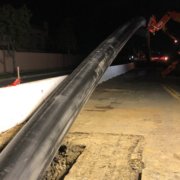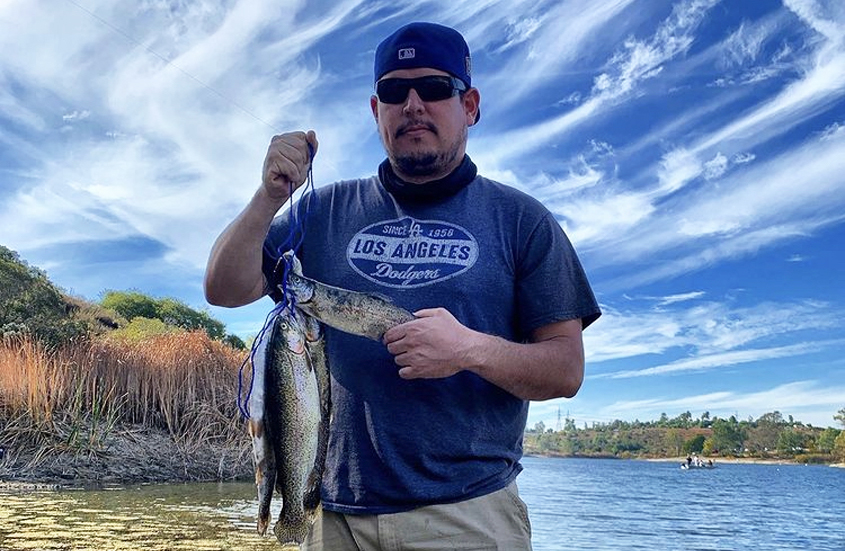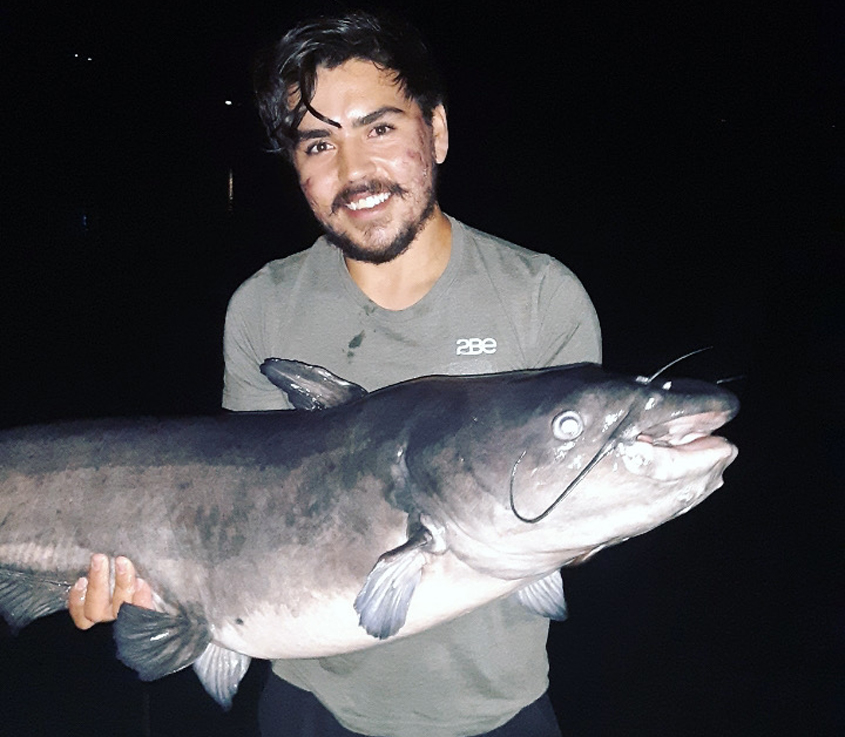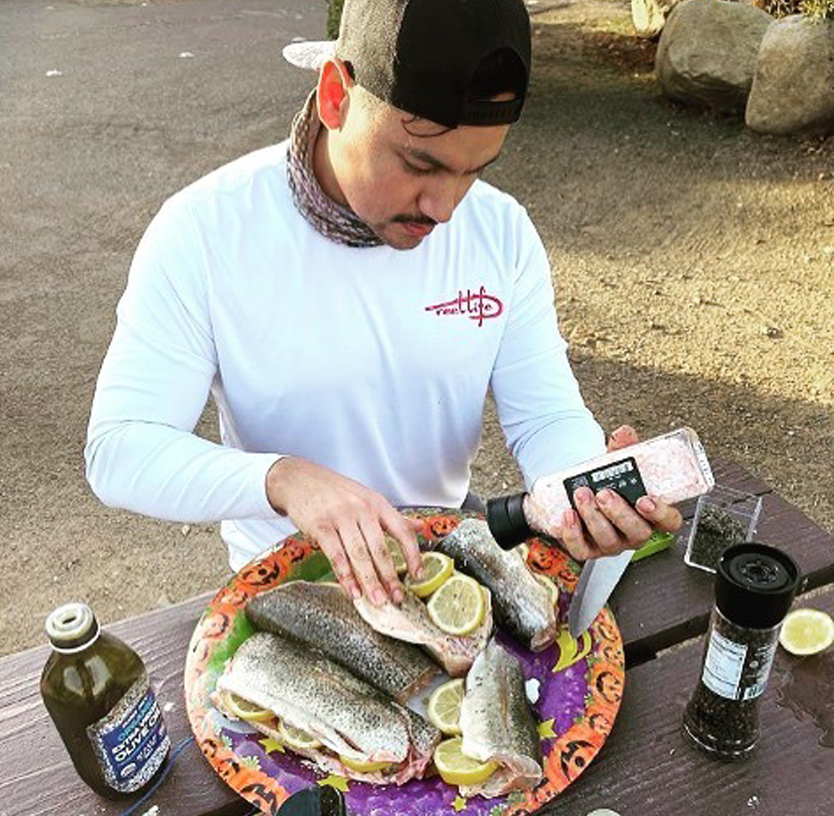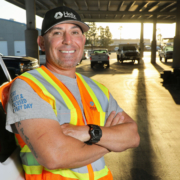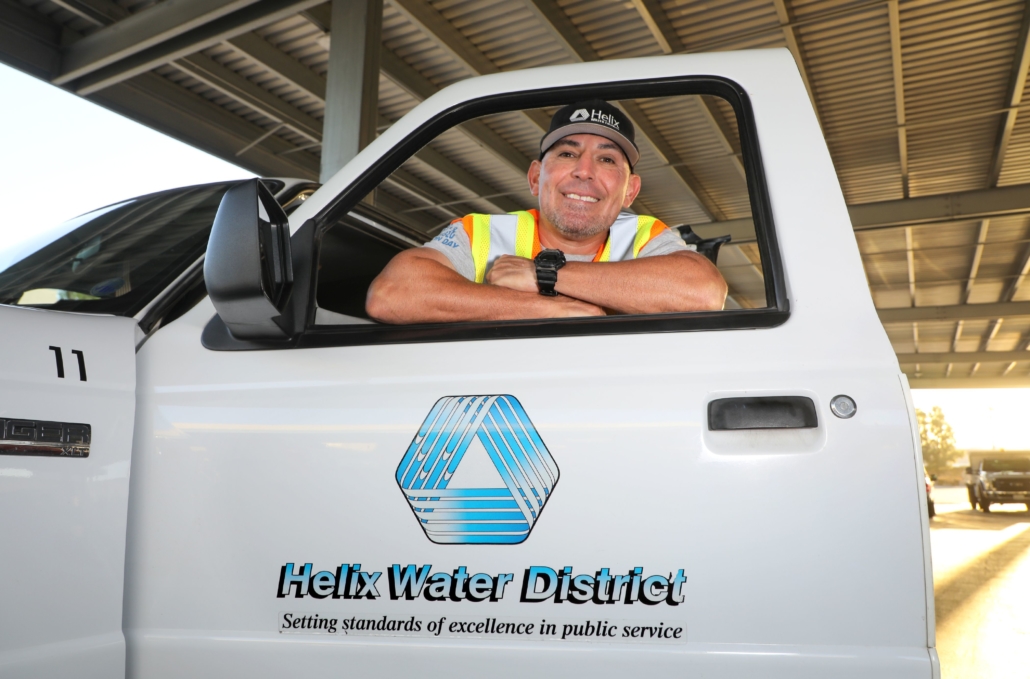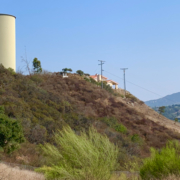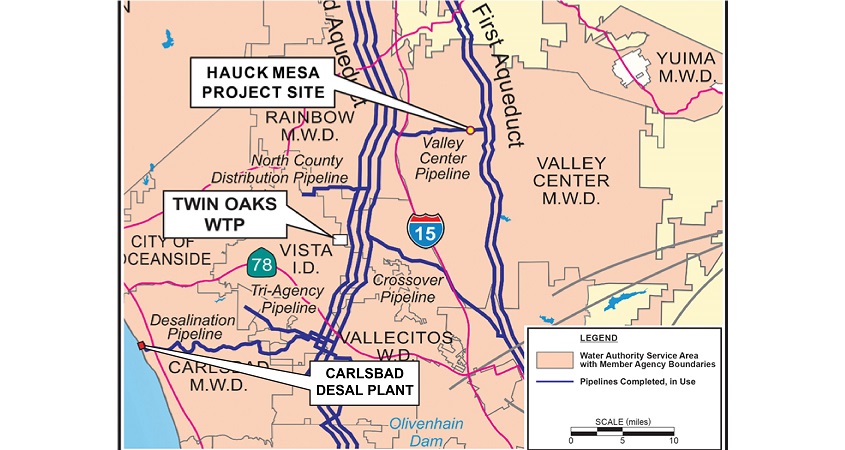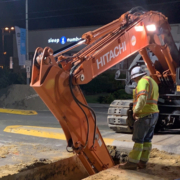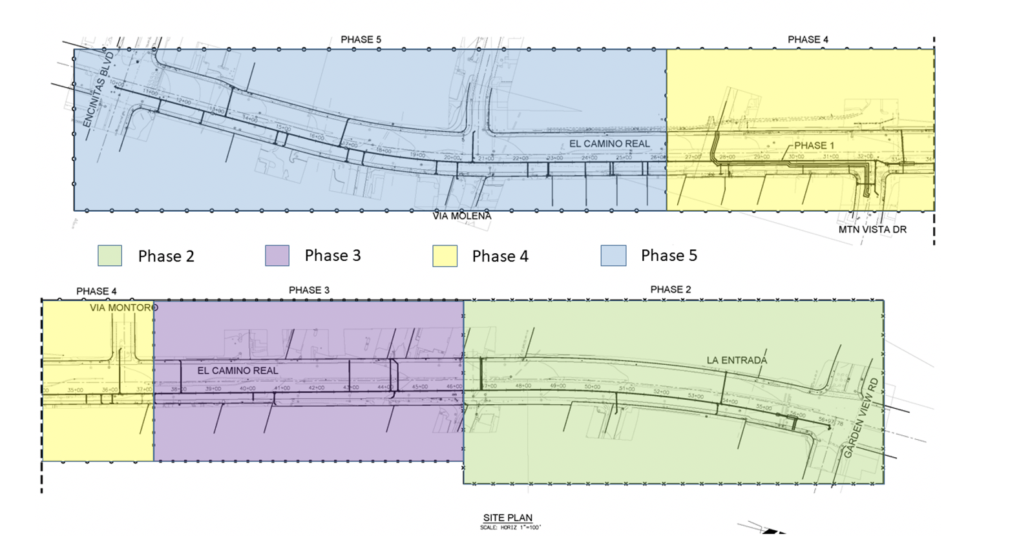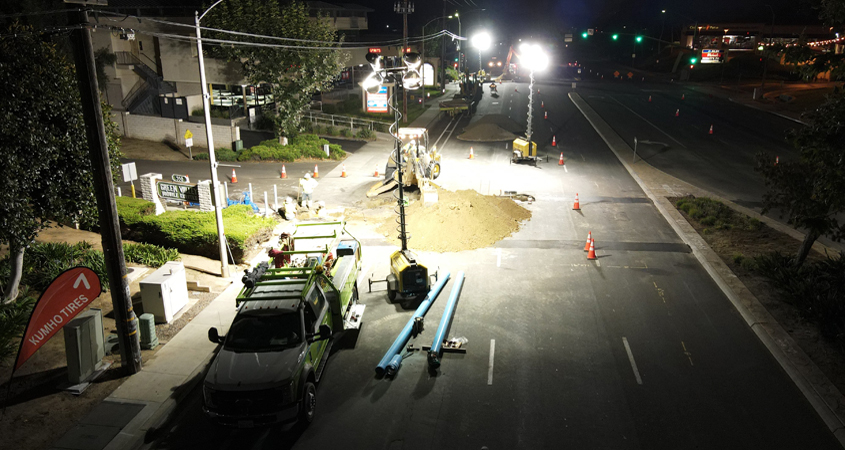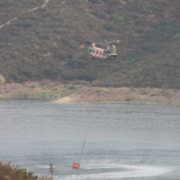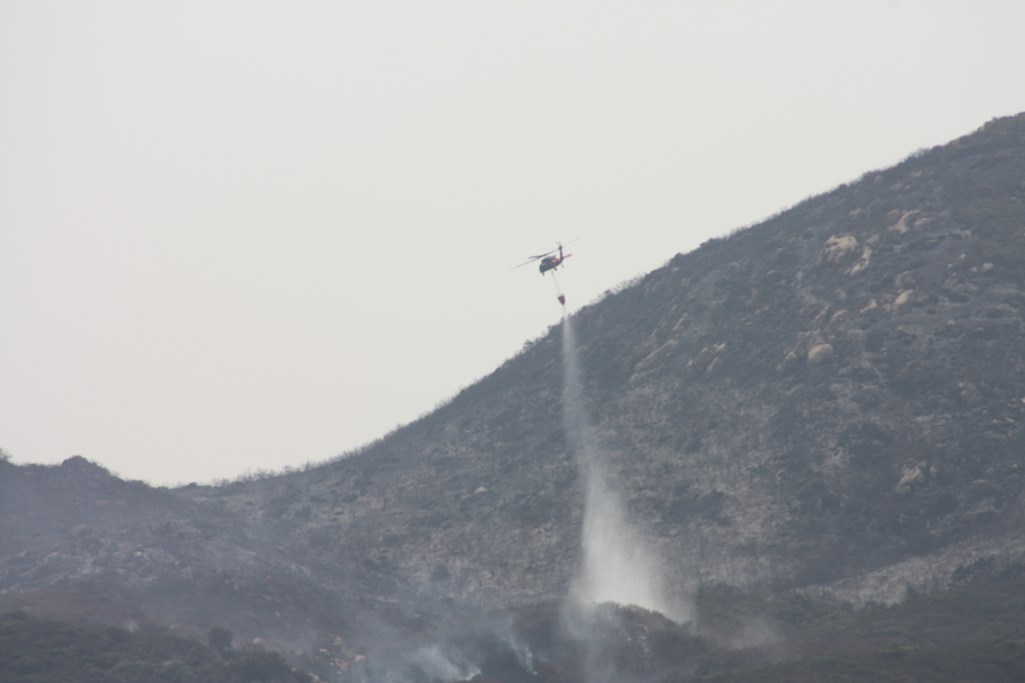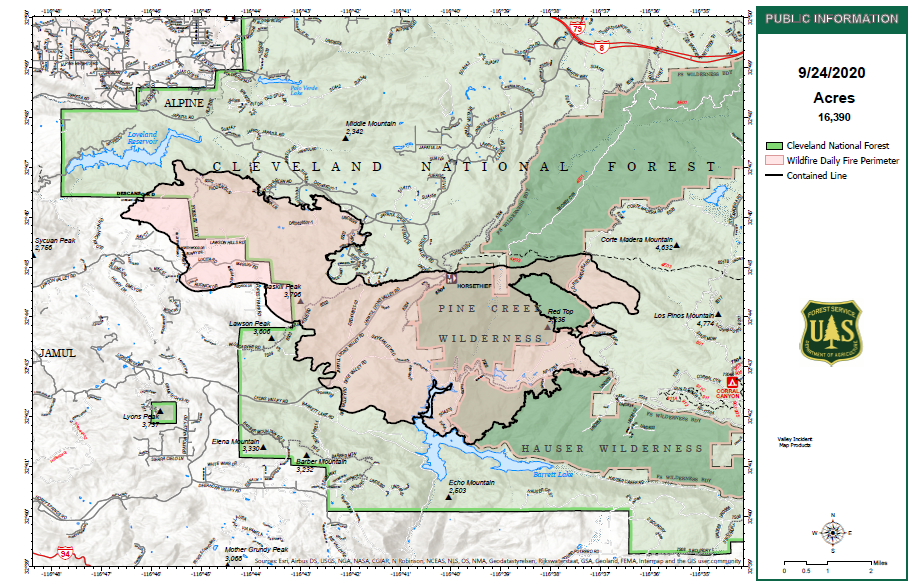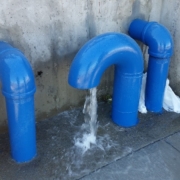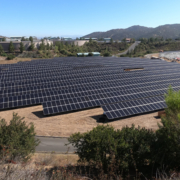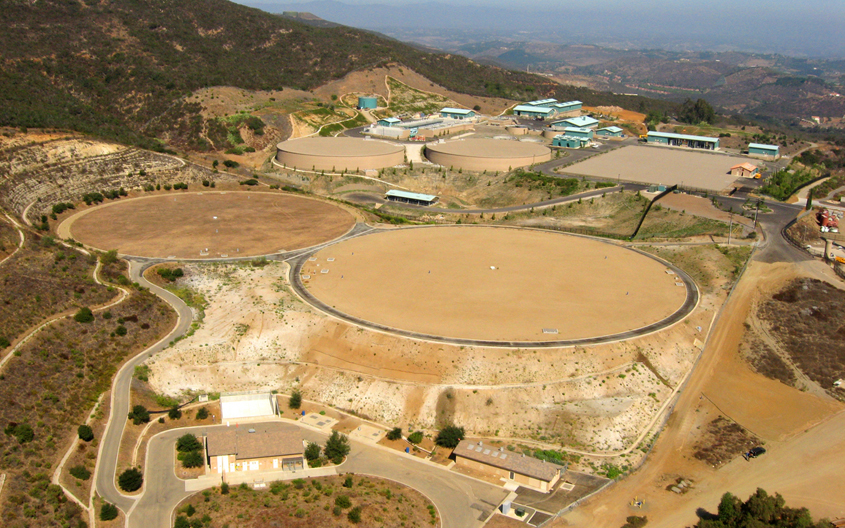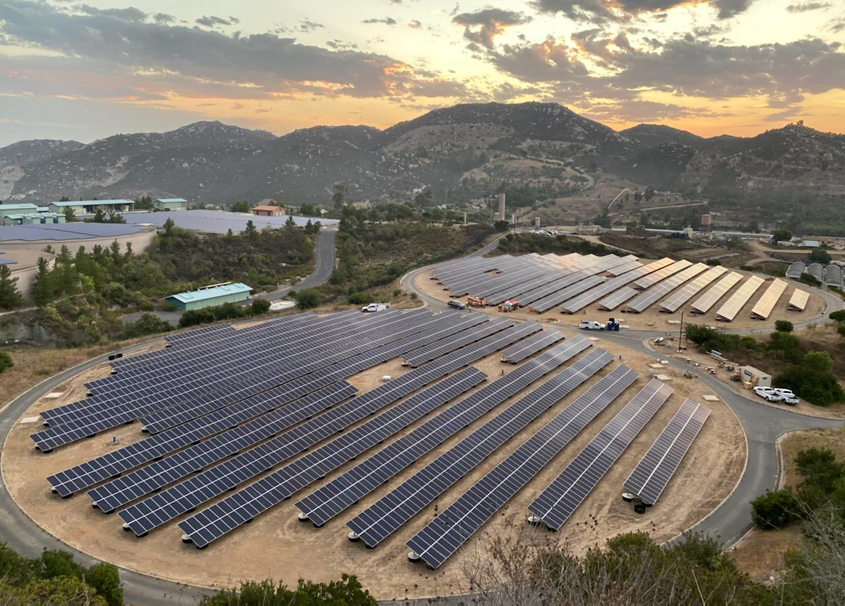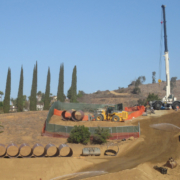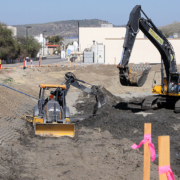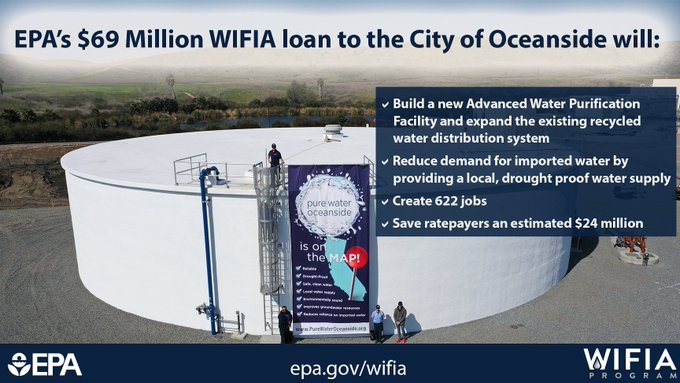Pure Water Oceanside Installing New Pipelines and Drilling Wells
Pure Water Oceanside is installing new pipelines and drilling wells as the recycled water project continues on track for completion in 2022. The advanced water purification project, and expansion of the City of Oceanside’s existing recycled water system, will deliver a new, local source of high-quality drinking water supplying more than 30% of the city’s water supply when completed.
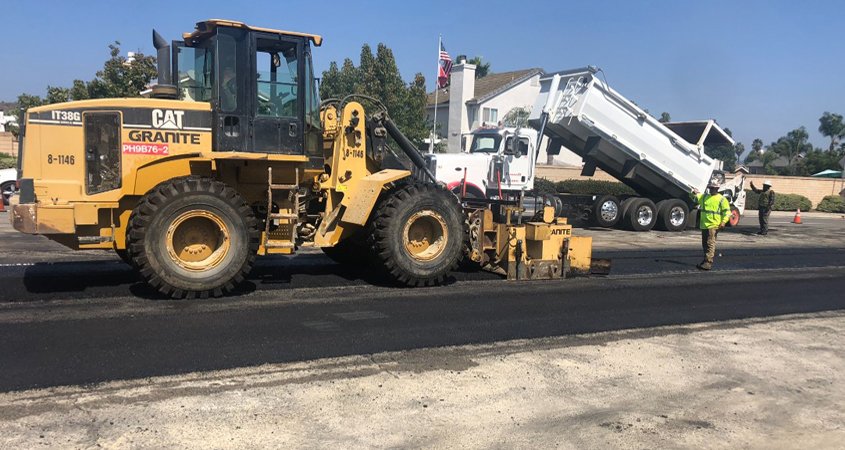
An interactive construction map is one of several sources for information about the Pure Water Oceanside project. Photo: City of Oceanside
Residents are kept up to date on construction impacts to streets and other infrastructure through several outreach efforts including an interactive construction map, detailed online schedule, regular newsletters, and virtual open house presentations live on the City of Oceanside’s YouTube channel, offering residents the opportunity to ask questions.
“We understand living and commuting near a construction site is not easy,” said Cari Dale, water utilities director for the City of Oceanside. “Everyone involved with the project is thankful to those residents and business owners who live and work in the construction zone for their patience and cooperation. It is crucial to the successful on-time completion of this vital infrastructure project.”
Pipeline construction
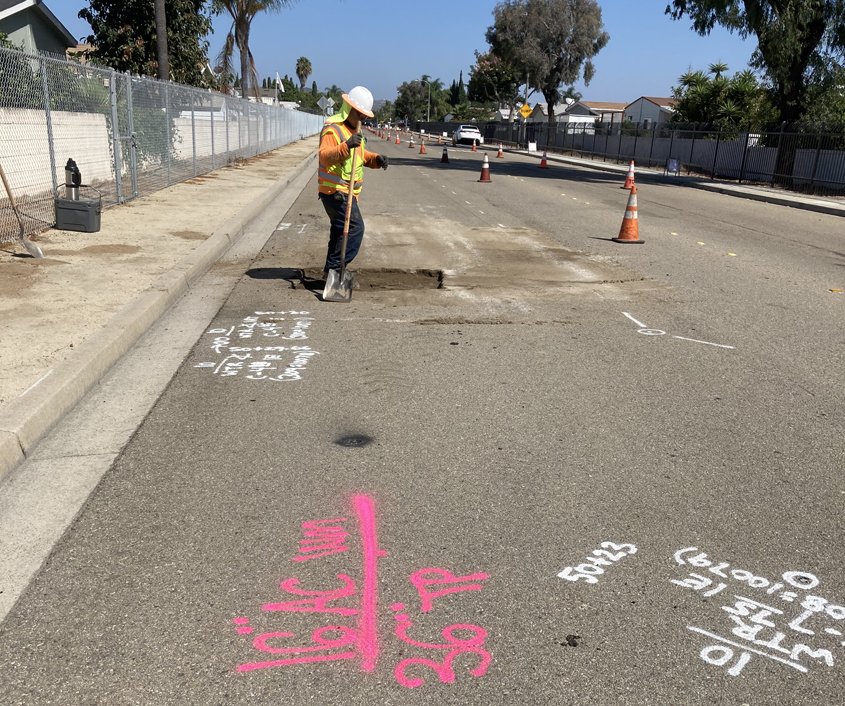
Pipeline installation at North River Road and the Douglas Drive intersection is moving towards Pala Road. Photo: City of Oceanside
Pipeline installation is now taking place at North River Road and the Douglas Drive intersection, and moving towards Pala. Lane closures on Douglas Drive allow access to the businesses through the entrance on North River Road.
In addition, pipeline installation on Pala Road is now underway. The road will remain open both ways but will require lane closures.
Well construction, which includes injection and monitoring wells, requires closing a section of Coco Palms Drive (south of Cherrystone Street), which will reduce construction time and impacts to nearby residents. Well drilling will continue 24 hours a day, seven days a week for approximately three weeks until early 2021. During this time, 16-foot sound walls have been installed around the drilling site to direct sound waves up into the atmosphere and away from residents. Night construction lighting will also be mitigated by the sound walls.
After drilling is complete, additional work will be conducted for testing and to install well infrastructure. The post-drilling work will take place weekdays during business hours and occasional Saturdays.
River Bike Trail remains open
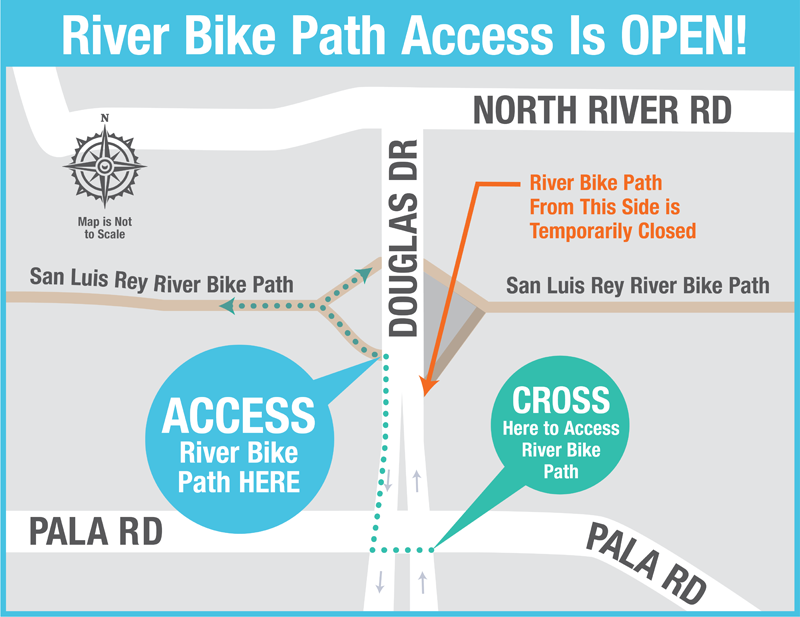
Access map for the popular River Bike Path while the Pure Water Oceanside project construction is underway. Map: City of Oceanside
Access to the popular River Bike Trail path is still accessible on the west side of Douglas Drive. Riders are asked to cross safely at the marked crosswalk at Pala Road and Douglas Drive to access the trail and avoid construction equipment.
Construction on schedule
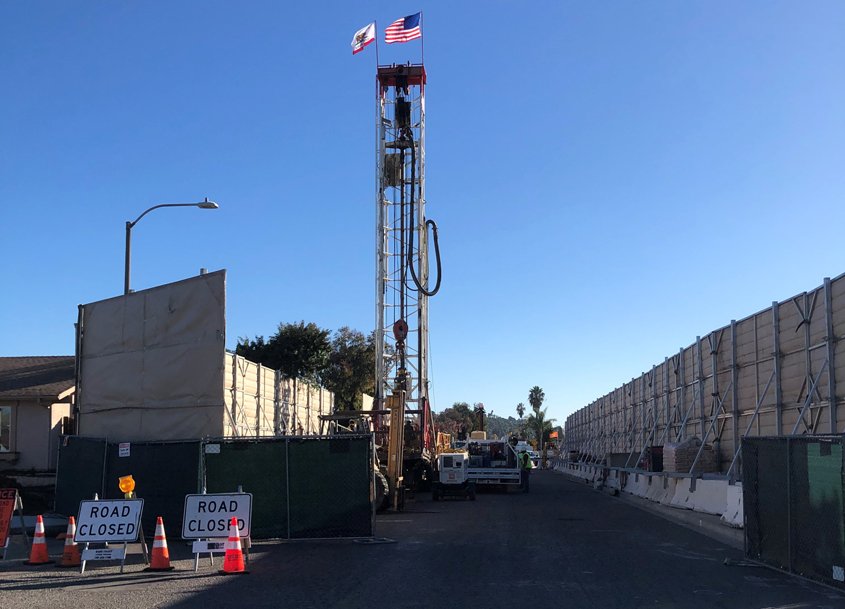
Repurified water will be stored in underground aquifers. Photo: City of Oceanside
Construction for the entire project is expected to be complete in 2022. While most construction will take place during regular weekday business hours, some critical pipeline construction elements will require temporary extended work hours and occasional Saturdays to complete the project on time.
Residents can sign up for email updates about the project. In the event of any immediate concerns, residents can call 760-435-4570 and representatives will troubleshoot issues.

